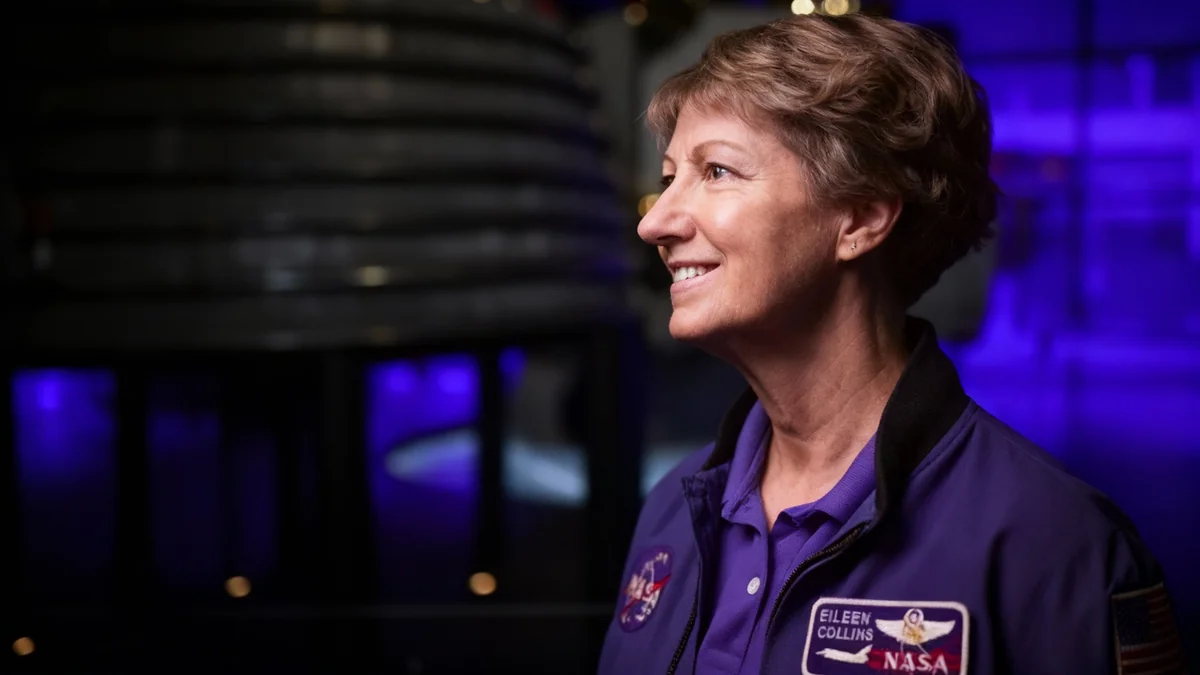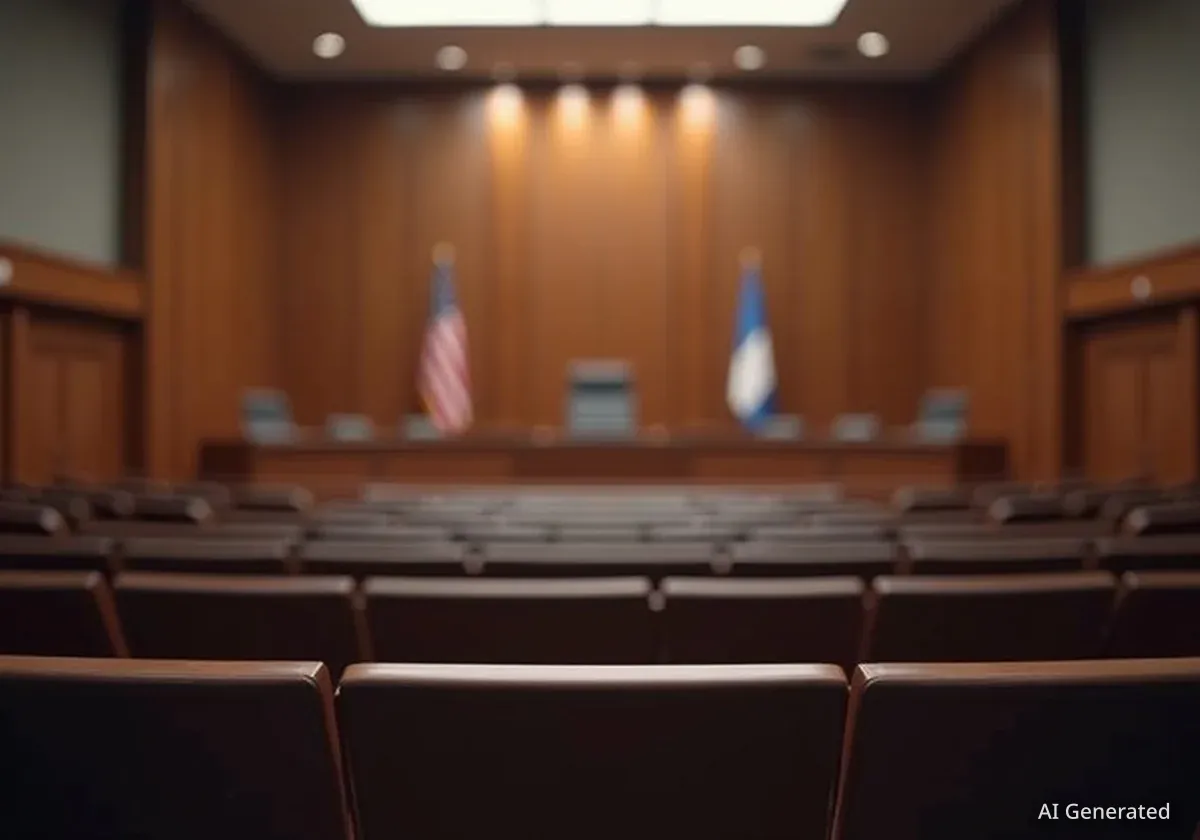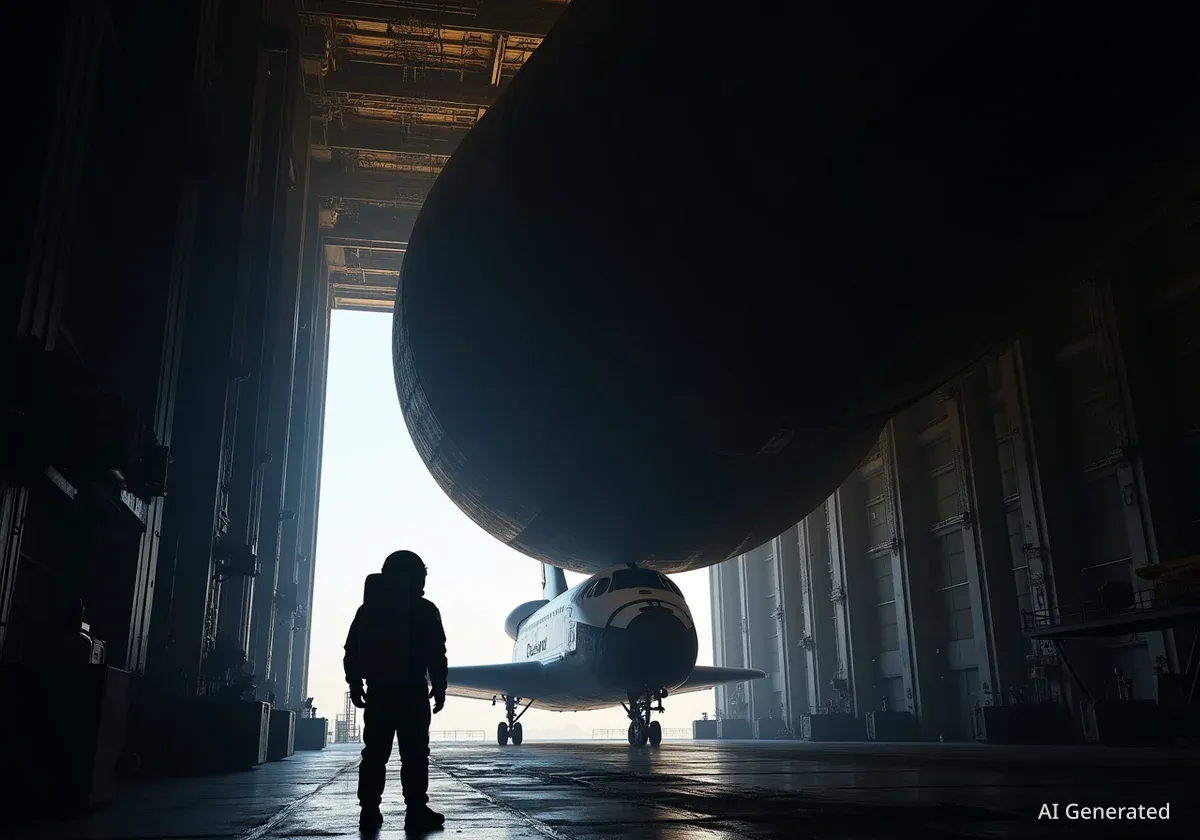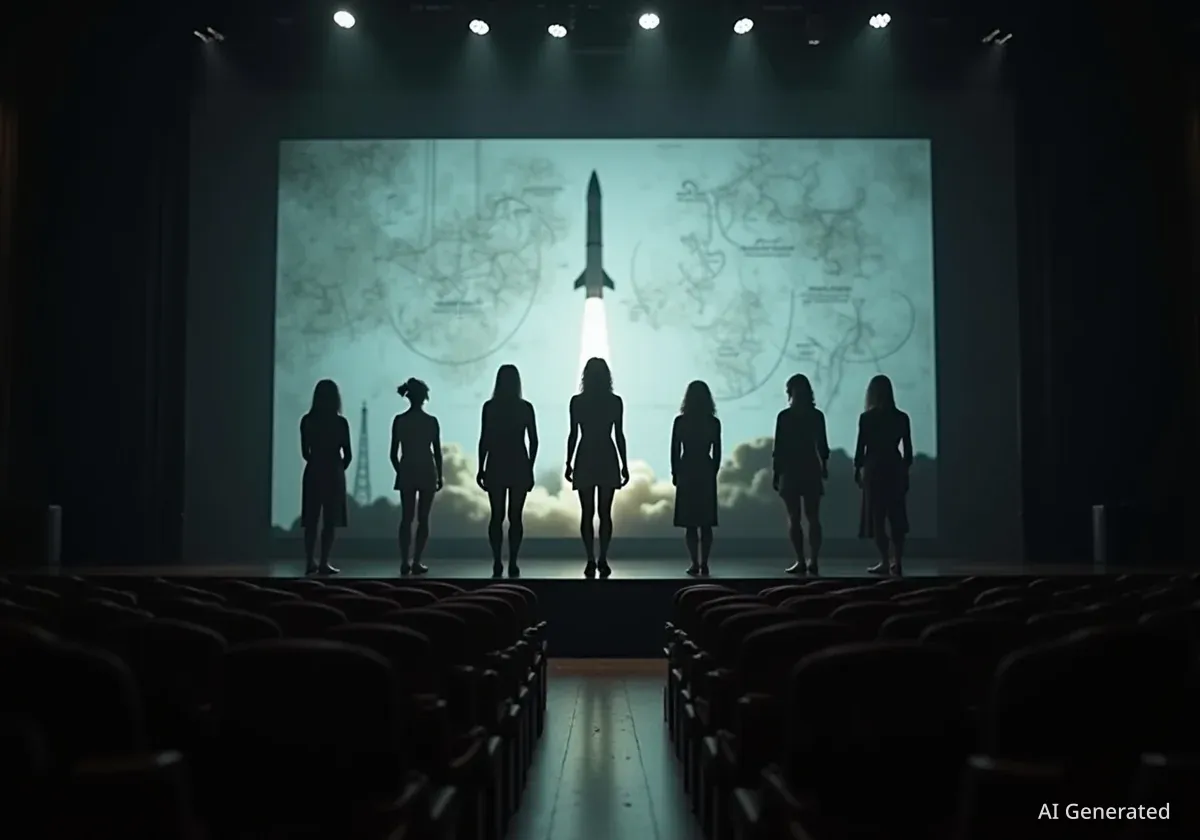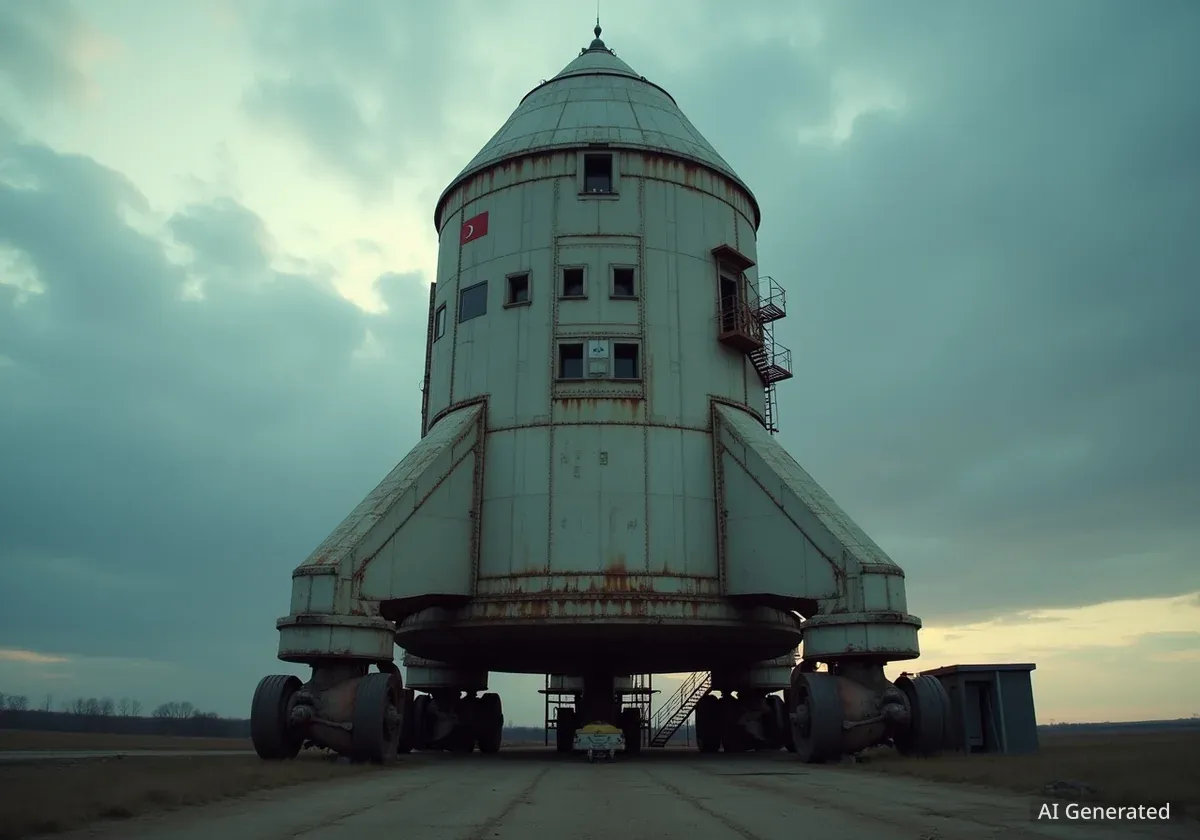Eileen Collins made history as the first woman to pilot a NASA Space Shuttle in 1995 and later became the first woman to command one. Her career, marked by quiet determination and exceptional skill, paved the way for future generations of female astronauts and redefined leadership under extreme pressure.
Now, a new documentary titled "Spacewoman" is bringing her remarkable story to a wider audience, detailing her journey from a nine-year-old girl dreaming of space to the commander responsible for NASA's critical return to flight after the Columbia disaster.
Key Takeaways
- Eileen Collins was the first woman to both pilot (1995) and command (1999) a NASA Space Shuttle.
- She commanded the STS-114 "Return to Flight" mission in 2005, the first after the Columbia disaster.
- Collins executed a complex and unprecedented 360-degree flip of the shuttle in orbit to check for damage.
- A new documentary, "Spacewoman," chronicles her trailblazing career and impact on space exploration.
A Childhood Dream Becomes Reality
From a young age, Eileen Collins knew she wanted to fly. Growing up in the 1960s, she was captivated by the Gemini space program. "I was reading a magazine article on the Gemini astronauts. I was probably nine years old, and I thought that's the coolest thing. That's what I want to do," Collins recalled. At the time, the astronaut corps was exclusively male, but this did not deter her.
She understood that the path to the pilot's seat of a spacecraft went through the military. Collins joined the U.S. Air Force, where she became a test pilot, a highly demanding and competitive field that served as the primary recruiting ground for NASA's shuttle pilots. Her exceptional performance and focus led to her selection for the astronaut program.
When she prepared for her first mission, STS-63 in 1995, the weight of her historic role was not lost on her. She felt a profound sense of responsibility, not just for the mission's success, but for the perception of women in high-stakes roles.
"As the first woman to pilot the Space Shuttle, I worked very hard at that because I didn't want people to say, 'Oh look, the woman has made a mistake'. Because it wasn't just about me, it was about the women to follow me."
Her performance was flawless, establishing a reputation for competence and calm under pressure that would define her career.
Commanding Through Crisis
Collins's leadership qualities led to her promotion to commander, another first for a woman in the U.S. space program. However, her most significant challenge came after one of NASA's darkest days. On February 1, 2003, the Space Shuttle Columbia disintegrated upon re-entry, tragically killing all seven crew members.
The Columbia Disaster
The Columbia Accident Investigation Board determined that a piece of insulating foam from the external fuel tank broke off during launch and struck the leading edge of the shuttle's left wing. The impact created a hole that allowed super-heated gases to enter the wing structure during re-entry, leading to the vehicle's destruction.
The disaster grounded the shuttle fleet for over two years as NASA implemented new safety procedures. Collins was selected to command STS-114, the crucial "Return to Flight" mission. The pressure on her and her crew was immense; the future of the entire Space Shuttle program rested on their shoulders.
She never considered stepping away from the mission. "People throughout the shuttle programme were counting on the commander to stick with it," she stated. "I think quitting the mission would have been the opposite of brave… and I wanted to be a brave leader."
The Riskiest Maneuver in Space
During the launch of her mission in 2005, a similar piece of foam broke away from the tank, reviving the nightmare scenario of Columbia. Although this piece did not strike the orbiter, mission managers needed to be certain the shuttle was safe for re-entry. This led to one of the most daring and technically challenging maneuvers ever attempted in orbit.
Rendezvous Pitch Maneuver
- Objective: To photograph the shuttle's entire heat shield for potential damage.
- Action: Collins manually flew the Space Shuttle Discovery through a complete 360-degree backflip.
- Location: Performed approximately 600 feet below the International Space Station (ISS).
- Timing: The maneuver had to be perfectly timed and executed to allow ISS astronauts to capture high-resolution images of the orbiter's underside.
Some engineers and managers initially argued the maneuver was too dangerous. Collins, however, remained confident in the plan. "I listened to the discussion, they knew I was the commander, and I said: 'It sounds like we can do it'," she explained.
With steady hands, she piloted the 100-ton orbiter through a slow, graceful somersault in space. The photographs taken from the ISS revealed protruding gap fillers on the shuttle's belly, which were later removed by an astronaut during a spacewalk. The maneuver was a success, and the mission's safe return proved the new safety protocols worked.
A Legacy of Firsts
The STS-114 mission was Collins's fourth and final spaceflight. She retired from NASA in 2006, having spent over 38 days in space and cementing her legacy as a pioneer. Throughout her career, she balanced the demands of being an astronaut and commander with being a wife and mother to two children.
She often notes that her experience as a parent provided excellent training for command. "The best training I ever had for being a commander was being a parent - because you have to learn how to say no to people," she said.
Today, Collins continues to advocate for space exploration and STEM education. Her advice to the next generation is straightforward and practical: "Do your homework, listen to your teacher, pay attention in class and read books, and that will give you something to focus on."
While she has no regrets about her decision to retire and make way for others, the desire to fly remains. Asked if she would return to space, her answer is immediate. "Yes, I would love to go on a mission someday. When I'm an old lady, maybe I'll get a chance to go back in space." Her story serves as a powerful reminder that with focus and determination, even the highest glass ceilings can be broken.

